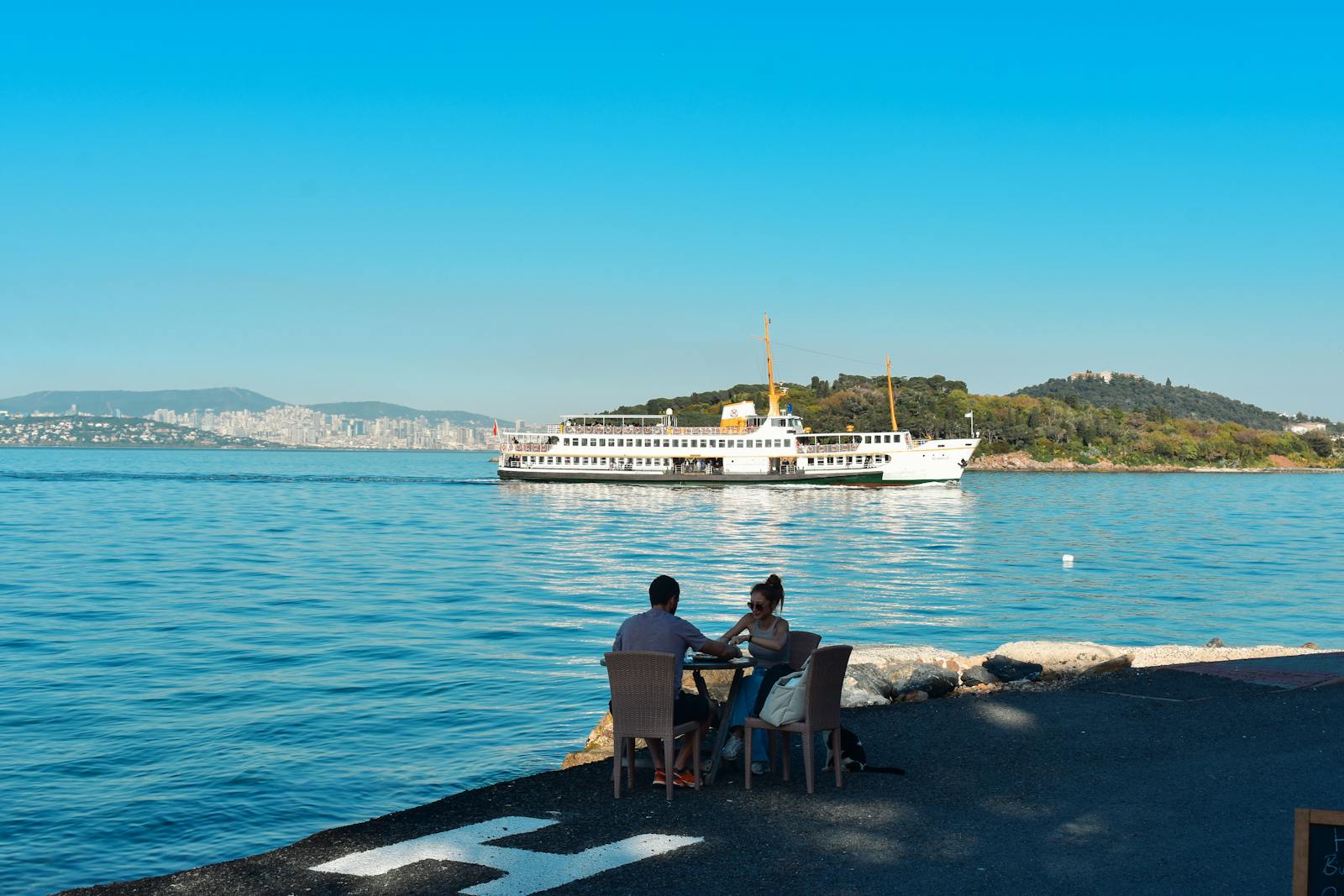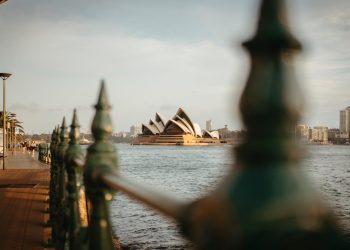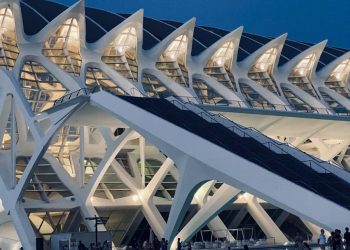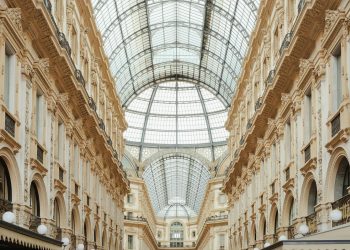In alleyways bathed in shadow and on crumbling brick walls, across freight trains, rooftops, and overpasses, street art speaks. It has always spoken—sometimes in whispers, sometimes in defiance, and other times in vivid, unignorable shouts of color and form. It began as rebellion, matured into commentary, and today, stands as one of the most dynamic and relevant forms of public art in the modern era. But how did we get here?
Street art’s evolution is not just the story of graffiti and murals; it is the story of urban identity, political expression, cultural shifts, and a persistent challenge to the notion of who art is for—and where it belongs. To truly understand the essence of street art today, one must trace its journey from outlaw expression to celebrated global phenomenon.
From the Underground Up: The Origins
The roots of modern street art can be traced back to the 1960s and 70s in cities like Philadelphia and New York. What began as “tagging”—artists writing stylized versions of their nicknames or pseudonyms on subway cars and alleyways—quickly became a visual arms race for visibility and respect. Names like Cornbread in Philly or Taki 183 in New York became infamous, not for what they said, but for how often and where their tags appeared.
This era of graffiti was raw, fast, and unsanctioned. It was often dismissed as vandalism, and in many cases, it was. But for young people, especially those marginalized by race, class, or circumstance, it offered a rare platform: a way to be seen, heard, and remembered in cities that often ignored them. It was art with urgency—a cry for recognition in the face of invisibility.
Style Wars and the Rise of Visual Language
As graffiti artists pushed beyond simple tags, a new era emerged in the 1980s. Artists began incorporating elaborate lettering styles, color gradients, 3D effects, and characters. Walls turned into battlegrounds of style, technique, and message. The subway trains of New York transformed into moving murals—bold, illegal, and fleeting.
This period was captured in films like Style Wars, which documented the tension between graffiti culture and city officials. Artists like Dondi, Lady Pink, and Futura 2000 rose to prominence, elevating graffiti into something undeniably artistic. And yet, the conflict remained: was this art or crime?
The authorities certainly leaned toward the latter. As graffiti spread, cities cracked down. In New York, “clean train” policies were enforced. Artists faced fines and arrests. Public opinion labeled it urban decay. But in the shadows of this crackdown, something unexpected happened: graffiti evolved again.
The Birth of Street Art as a Genre
While graffiti focused primarily on text and name recognition, a new wave of artists began expanding the form. Instead of elaborate tags, they used stencils, posters, stickers, and installations. These works were often anonymous, concept-driven, and highly political.
Enter Banksy, the elusive UK-based artist who redefined street art for a global audience. His use of stencils allowed for speed and precision, enabling complex images and biting satire to appear overnight. Banksy’s pieces—ranging from rats with paintbrushes to children frisking soldiers—captured the public imagination and drew attention to issues like war, poverty, and surveillance.
He wasn’t alone. Artists like Shepard Fairey (creator of the “OBEY” campaign and Obama’s “Hope” poster), JR (with his monumental photographic portraits), and Invader (with his pixelated tile mosaics) turned street art into a wide-ranging medium that included photography, graphic design, sculpture, and conceptual art.
This wasn’t just graffiti anymore—it was art with intention, often politically charged and deeply thoughtful. And crucially, it began to catch the eye of the art world.
From Street Corners to White Cubes
By the early 2000s, street art had found its way into galleries and museums. What was once illegal was now collectible. Street artists started showing in exhibitions, selling prints, and collaborating with major brands. Banksy’s works, once stenciled anonymously on city walls, now fetched millions at auction. Pieces that were once scrubbed off by sanitation workers were now protected behind plexiglass.
This shift brought new legitimacy, but also new controversy. Critics questioned whether institutionalizing street art robbed it of its soul. After all, the essence of the form was tied to its ephemerality, its defiance of ownership and permanence. Could something created to challenge the establishment exist comfortably within it?
Some artists embraced the shift. Others resisted. The tension between commercial success and street authenticity remains one of the defining challenges of street art today.
A Global Canvas
As street art matured, it spread far beyond its early homes in the U.S. and Europe. Today, cities across the globe boast thriving street art scenes, each shaped by local culture, politics, and history.
In São Paulo, Brazil, muralists like Eduardo Kobra use vibrant, photorealistic imagery to celebrate cultural figures and promote unity. In Cape Town, street artists address post-apartheid identity and social inequality. In Tehran, artists work under the threat of government censorship to express dissent. In Melbourne, Berlin, Bogotá, and beyond, street art continues to transform the urban landscape into an open-air dialogue between artist and audience.
Technology has played a role in this globalization. Social media platforms like Instagram have become virtual galleries, allowing artists to share their work with millions—and sparking street art tourism in cities known for their walls. Ironically, street art—once a hyperlocal form of rebellion—has become a global connector.
Beyond Paint: Expanding the Medium
Modern street art is no longer limited to spray paint and stencils. Artists now use projection mapping, augmented reality, interactive installations, and even environmental interventions to make their point. Murals may move, change colors, or incorporate sound.
In many ways, street art has become the most experimental space in contemporary art. It blurs the line between art and activism, beauty and protest, message and medium. It’s art that responds in real time to current events, gentrification, cultural movements, and collective mood.
And yet, despite the medium’s growth and transformation, its heartbeat remains the same: visibility, voice, and a direct connection to the public.
The Future of Street Art
As cities continue to change, so too will street art. We already see it being integrated into urban planning, used for community engagement, and even sponsored by governments. But this raises new questions: When does public art become propaganda? How do we preserve the integrity of a form that was born from rebellion?
One possible future is coexistence—where sanctioned murals and spontaneous art live side by side. Where street artists continue to experiment, challenge, and speak truth, regardless of where their work appears. Because at its core, street art is not about the wall. It’s about what gets said on it.











